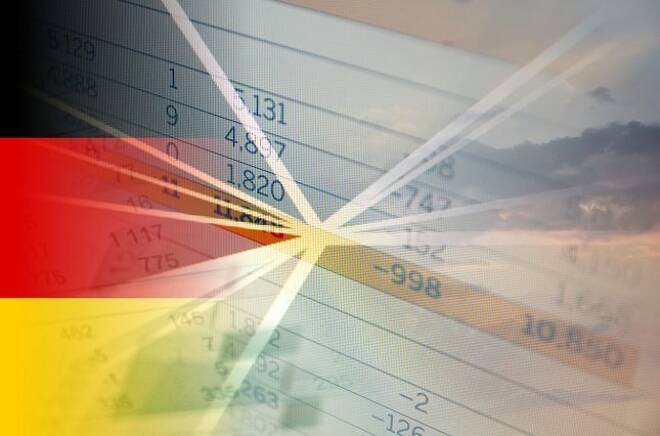Advertisement
Advertisement
Weak German ZEW Weighs on European Stocks
By:
European stock markets are mostly down, the DAX is underperforming after the weaker than expected ZEW reading. At the same time, the dip in German
European stock markets are mostly down, the DAX is underperforming after the weaker than expected ZEW reading. At the same time, the dip in German confidence, as well as the unexpected deceleration in U.K. headline inflation, has seen rate hike expectations being pushed out, which is helping Italian and Spanish markets to outperform in the Eurozone and the FTSE 100 to hold on to a marginal gain. Asian stock markets closed mixed, with Hang Seng and CSI 300 managing a late comeback and closing with slight gains. Nikkei and especially ASX 200, however, declined as stronger currencies hit exports and Australian markets digested RBA minutes. Global central banks remain the key focus, but investors are also fretting about U.S. politics again amid uncertainty about the prospect of Trump’s reform agenda.
German ZEW Investors’ Confidence Was Weaker than Expected
German ZEW investor confidence weaker than expected, with the expectations reading falling back to 17.5 in July from 18.6 in the previous month. Expectations had been for a correction in sentiment amid the realization that global central bank support has peaked, but the dip is still more pronounced than anticipated, especially as the current conditions indicator also fell back. More arguments then for the doves at the ECB who are eager not to let markets price in tapering steps too early and we expect Draghi to try and calm nerves at this week’s council meeting, which will be the last ahead of a summer break, with the next meeting only scheduled for September. The ECB meeting on Thursday continues to hang over Eurozone markets, with investors concerned that Draghi may already drop the easing bias on QE.
UK June CPI unexpectedly softened to 2.6% year over year after May’s cycle-high rate of 2.9% year over year. The median forecast had been for an unchanged 2.9% outcome. The ebb is in sync with the directional pattern seen in inflation readings in other key economies in June, although price pressures in the UK remain relatively more elevated due to the inflationary consequences of the sharp year over year sterling decline following the Brexit vote at the end of June last year. A decline in motor fuels was a key factor driving the headline rate lower, along with the prices of recreational and cultural goods and services.
The dollar remains under pressure as Fed funds futures continue to show little chance for another rate hike over the near term, with only about 44% risk for action by the end of the year. The next FOMC meeting is July 25, 26 and futures show nearly a zero percent chance of a hike. However, the markets have another policy matter on which to ponder, quantitative tightening.
About the Author
David Beckerauthor
David Becker focuses his attention on various consulting and portfolio management activities at Fortuity LLC, where he currently provides oversight for a multimillion-dollar portfolio consisting of commodities, debt, equities, real estate, and more.
Did you find this article useful?
Latest news and analysis
Advertisement
